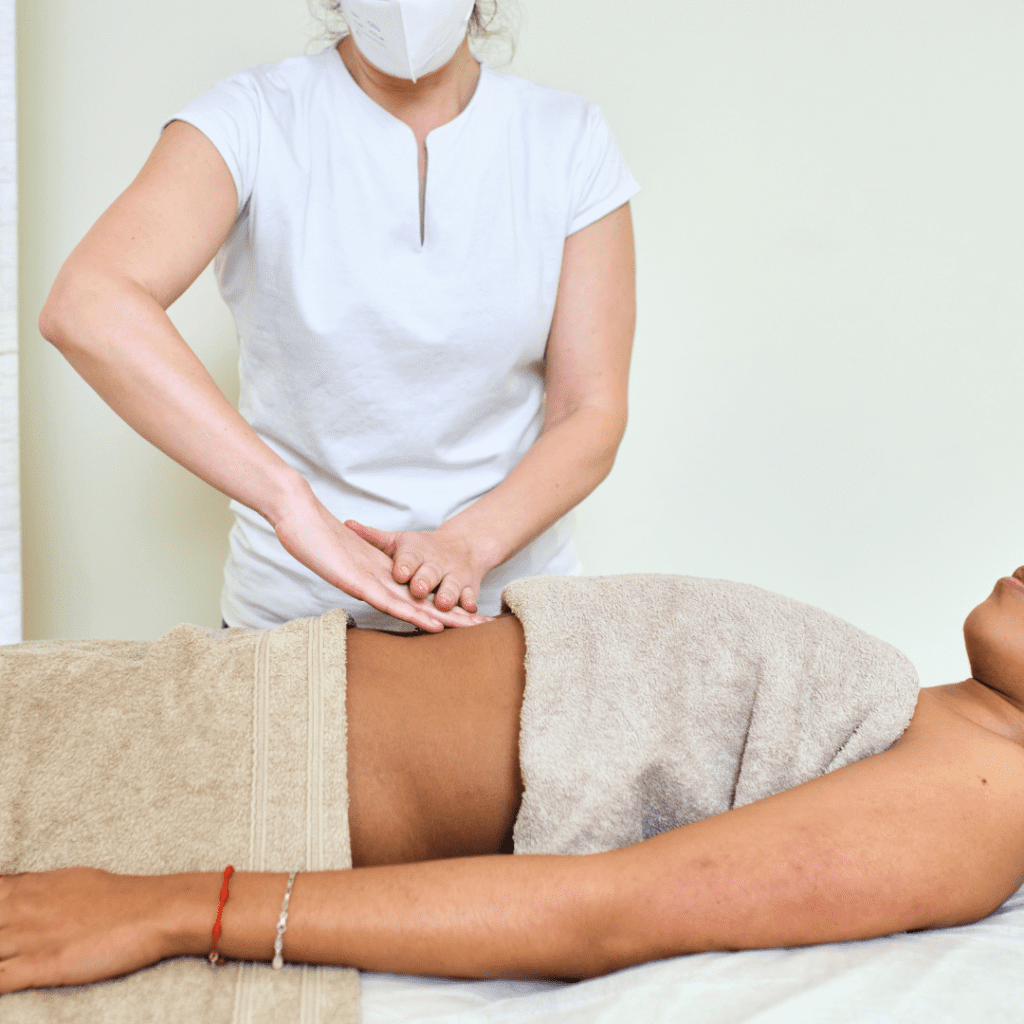
Lymphedema is a condition where fluid builds up in the body, causing swelling. It can happen after surgery, radiation, or other treatments. Lymphedema can make it hard to move and feel uncomfortable. But physical therapy can be helpful. In this blog post, we will explain how physical therapy can make a positive impact on managing lymphedema and empower individuals to feel better and regain control over their lives.
Comprehensive Assessment and Individualized Treatment Plans:
Physical therapists who focus on lymphedema carefully examine each person to understand their specific needs and difficulties. They look for signs of pain, assess their range of motion, and consider their overall health. Also with this information, they create a personal plan just for them. The plan might include massages, wraps, exercises, and teaching the person how to take care of themselves.

Manual Lymphatic Drainage (MLD):
Physical therapists use a special technique called manual lymphatic drainage to help the lymphatic system function better and move fluid around the body. When they combine this with compression therapy, it can reduce symptoms, improve the flow of fluid, and help people manage their condition more effectively.

Compression Therapy:
Compression therapy is a key component of managing lymphedema, used by physical therapists to apply pressure to the body and decrease swelling. It also helps maintain progress and prevent buildup of fluid.

Exercise and Therapeutic Movement:
Physical therapists create customized exercise plans to help manage lymphedema. Also, the exercises are designed to make muscles stronger, improve movement in joints, and help the lymphatic system work better. In other words, people can start slowly and gradually increase the intensity to get the most out of the exercises.

Education and Self-Care Techniques:
Physical therapists provide education on self-care techniques to help people manage lymphedema and reduce risks.
Conclusion:
In sum, physical therapy is very important for improving lymphedema management and making life better for people with this long-term condition. Physical therapists provide personalized treatment plans to help individuals manage their lymphedema. They can help reduce swelling, move easier, and feel healthier overall. Physical therapy can be a helpful partner in the journey to a better life.
If you or someone you know is dealing with lymphedema and looking for ways to manage it better, come to Kinito Physical Therapy. Our team of experienced physical therapists knows how to treat lymphedema, and we can give you the personalized care and support you need to feel better and have a better life.
